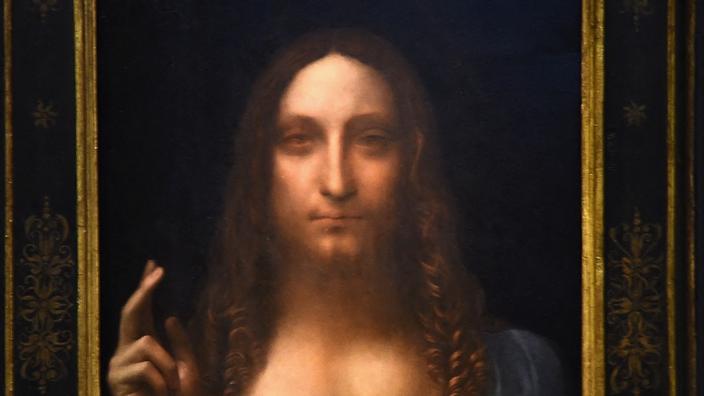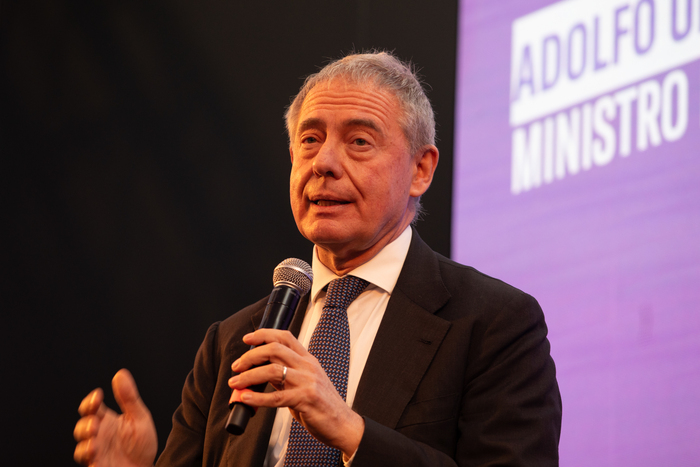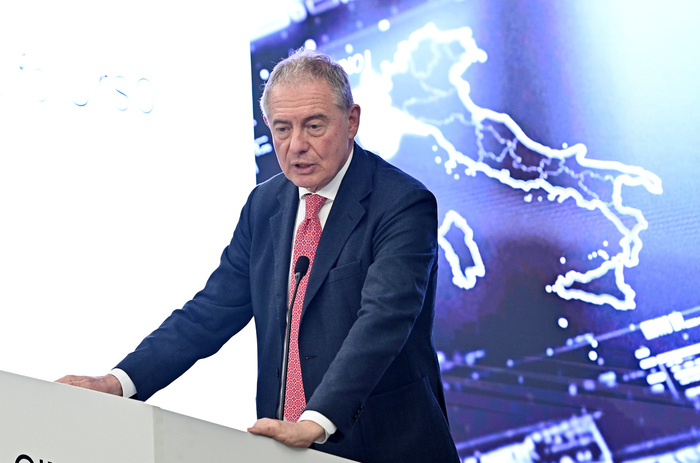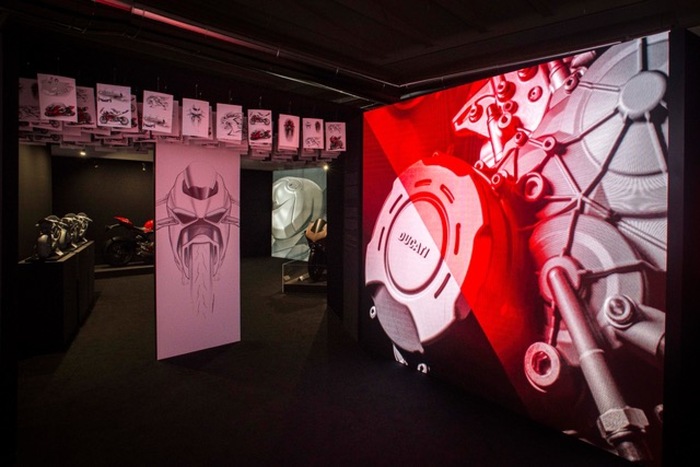How the
Salvator Mundi
, the most expensive painting in the world, possibly painted by Leonardo da Vinci but never authenticated, could be sold for 450 million dollars in 2017? This is the lighting offered by a new documentary, in theaters since Wednesday, January 26. Constructed as a thriller,
The lost Leonardo
, by Dane Andreas Koefoed, traces the story of the mysterious painting, which resurfaced at an auction in New Orleans in 2005 when it was thought to have been missing since the 17th century. . Then bought for 1,175 dollars by a New York art dealer, it was restored by an American expert, convinced of its attribution to Leonardo da Vinci.
Read alsoA
Salvator mundi
still record but less and less credible
It was then resold at least twice until it was acquired for $450 million at an ultra-publicized auction in New York in 2017. It was then called the "
male double of the Mona Lisa
".
Its buyer would be the Saudi Prince Mohammed bin Salman, which has never been officially confirmed.
Read alsoA new twist on the origins of
Salvator Mundi
Shot over three years and extremely documented, the film, subtitled “
art, money and power
”, gives voice to numerous experts on the master of the Italian Renaissance and on the art market, including members of the FBI.
Scam or masterpiece?
It shows how an artistic mystery has become a "
sort of global trophy used for speculative purposes and probably for political bargaining
", the director told AFP.
"
A scam like the others
" and "
a revealing lie of our time
", slice Jerry Saltz, American art critic.
"
Telling this story is like looking through a prism and better understanding the mechanisms of the world, by seeing secret universes to which we usually do not have access (...).
It is also a mirror of ourselves, which shows how ready we are to believe in lies as in a religion
,” adds Andreas Koefoed.
Highly anticipated during the major exhibition at the Louvre dedicated to the 500th anniversary of Leonardo da Vinci's death, at the end of 2019, the "
Salvator Mundi
" (Savior of the World in Latin) was ultimately never exhibited there, with the exception of a pale copy, against a background of controversy around an expertise of the famous museum which would attest to its authenticity, partially made public by the
Tribune de l'Art
.
Questioned by AFP, the Louvre still does not wish to deny or confirm its expertise and its results, contained in a small booklet published by mistake before being withdrawn from sale on the occasion of the exhibition.
Conflicting expertise
One of the strong points of the documentary is the testimony of Dianne Modestini who completely restored in 2006 the upper part of the painting, 65 cm by 45 cm, where Christ emerges from the darkness blessing the world with one hand while holding a globe. in the other. The feeling of this expert is that it is about a Leonardo da Vinci, which leaves certain specialists very skeptical.
It also shows how a curator from the National Gallery in London, who brought together the greatest specialists of Leonardo da Vinci in 2008, went beyond the result of this meeting by asserting that it was indeed a painting by the master, exhibited as such in his museum in 2011 but never formally authenticated by these same experts.
Another strong point: the detailed itinerary of the painting, refused by all the major museums in the world because it was too "
suspicious
", but acquired in 2013 by a Swiss businessman, Yves Bouvier, heir to a transport company and trade specialist. works of art, who sold it to a Russian oligarch.
The latter will part with it, believing that he has been "
abused
" by this intermediary.
At the heart of these transactions: the vast free ports, tax havens with storage spaces filled with works of art that would represent “
billions of dollars
”, never taxed because considered “
in transit
”.


/cloudfront-eu-central-1.images.arcpublishing.com/prisa/6LR4RYAGZZBYTPDW3Y4WG67SQI.jpg)






